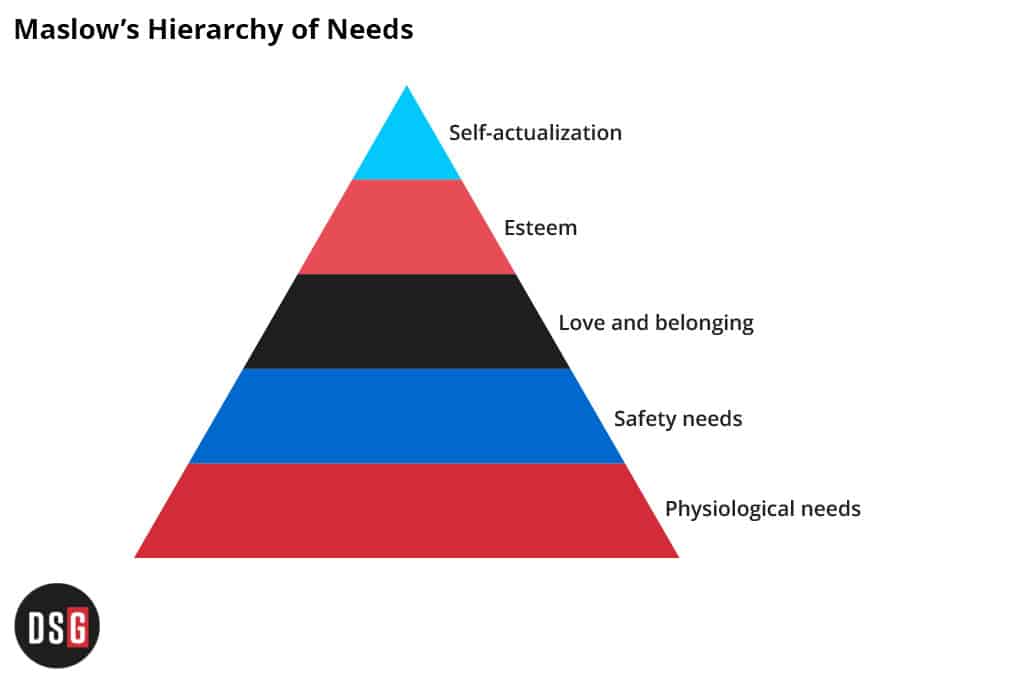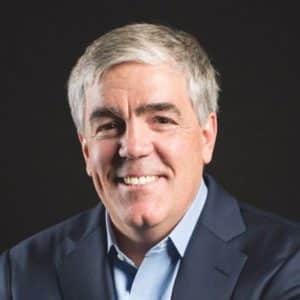One great body of work leads to another great body of work.
Think of the Declaration of Independence. Not only did this body of work declare the separation of the 13 original American colonies from Great Britain’s rule and lead to the U.S. Constitution, it served as a launchpad to Elizabeth Cady Stanton’s speech “The Declaration of Sentiments.”
The very framework for the women’s suffrage movement was based on a living document worthy of continued conversation and thought.
Great things happen when we debate existing ideas AND build on them.
Take what many consider the “HR Bible” for distribution companies, for instance. “Optimizing Human Capital Development: A Distributor’s Guide to Building Sustainable Competitive Advantage Through Talent Strategy” published by the National Association of Wholesaler-Distributors.
This comprehensive guidebook is a roadmap to business excellence packed with extensive research and expert collaboration to achieve financial metrics and success.
Yet, I want to add something to it.
Human metrics.
I discovered something in my two summers on the road, visiting distributors and their people. I learned there’s something special in distribution, something you don’t find in the “HR Bible” on Optimizing Human Capital Development.
Humanity. Family. Love.
Rich Martin is living proof of that.
I asked Rich, Transfer Manager at Dakota Supply Group, why he’s stayed at the distributor for over 24 years. He told me, “I love what I do. I’m part of the crew. I’m a family member.”
It goes beyond the pay and benefits. “I came a long way to be a part of a place like this, to be part of the writing on the wall. Rich Martin is an owner of this place. “I have a stake here. This is my world.”
Stories like Rich’s are why distribution is in the perfect position to win the war on talent. You have something built into your businesses that people crave.
Connection and meaning.
Of course, employees want material offerings like good pay and benefits. But they want and deserve more than the basics. According to Maslow’s Hierarchy of Needs, human beings have five fundamental needs that must be met to achieve fulfillment.

Beyond the physiological and safety needs a “job” can provide, people seek a sense of belonging, recognition for their work and the opportunity to grow holistically as a person AND professional.
We are often presented with what seems like a binary choice between two options, “this OR that.” But in reality, the most effective solution often lies in a balance between both.
Take human resources, for example.
Traditionally, businesses define success as maximizing profit and their human resources department is asked to maximize human output toward that end.
Sometimes, however, that comes at the cost of an employee’s well-being.
What we’ve learned through our Future of Distribution research is this approach has failed, especially post-pandemic as employees’ wants, needs and desires have changed. (Consider these 10 human resources trends we’re seeing in 2023.)
Failed so much so that the U.S. Chamber of Commerce recently called this labor shortage “a national crisis.” In our recent UnleashWD research, nearly 82% of respondents agree that their ability to attract and retain talent is a crisis.
Despite that, only 35% of distributors reported that their human resources function was a strategic part of their business plans. More than 52% reported their human resources function holds primarily transactional, compliance and administrative-focused roles.
Linda Maremont, Human Resources Director at First Supply, understands the strategic force HR can be when empowered by the C-Suite. She commented recently on one of my LinkedIn posts: “I don’t think HR ever stopped thinking about the humans. Unfortunately, we weren’t brought in often enough at the front end to strategize or problem solve. We were called in on the back end to help solve the problems that could have been avoided. Many companies learned during COVID that if you don’t take care of your people, they will find somewhere where they believe that will happen. It’s not an easy balance. With people, there isn’t a one-size-fits-all approach.”
One survey response showed the chasm between understanding what we need to do versus what is being done.
“You’d think based on my previous answers that we would have a bigger executive focus (on HR strategy), but we’re unwilling to do the things necessary to attract and retain high-quality talent. We want to pay as little as possible, and our benefits are limited and very expensive.”
It’s Time to Shift Gears
There’s a need for the C-Suite to empower human resources to make the strategic changes necessary to drive success for organizations. But it goes beyond that.
It’s calling CEOs to acknowledge the role their businesses play as springboards for human achievement and fulfillment – as well as profit.
To adopt a growth mindset of “this AND that” combining seemingly opposing forces for greater results and a more holistic outcome.
We can strive for productivity AND well-being. We can achieve:
- Efficiency and Empathy
- Cost Effectiveness and Compassion
- Regulations and Relationships
- Objectives and Opportunities
- Process and Purpose
- Policies and Personalization
- Adherence and Agility
- Structure and Support
- Formality and Flexibility
- Metrics and Morale
- Profit and People
Historically businesses have excelled at the left side of this list — those systems, policies and structures that are focused on optimizing human capital to maximize profit, often at the expense of people.
It must be AND.
Distribution needs both financial AND human metrics.
Obliterate the Narrative that People = Human Capital
I challenge leaders to grab their handbook, “Optimizing Human Capital Development,” and take the conversation in human resources to another more human level. To take a hard look at the terminology that exists around employee recruitment and retaining.
To attract and retain good people, we have to rethink our language surrounding employee management.
Acknowledge these current narratives are holding distributors back from winning this war on talent.
Phrases like “human capital,” “people as assets” or “employee resources” create division in the family culture. It eliminates humanity and replaces it with apathy.
Mark Chirgwin, CEO at Bender Plumbing, has embraced the humanity of his team. He holds weekly purpose meetings to discuss ways employees can better themselves to meet their goals, both at work and in life.
Collectively, they define their purpose.
Modern, differentiated distributors like Bender are leading the way, creating human-focused cultures that support employee growth, commitment and productivity, while helping the individual and business thrive. This not only drives success for the organization, but also attracts and retains top-quality talent that aligns with their values.
How do we move that needle? How do we unlock the potential of your people and drive success for your business?
On April 27-28, we’re pulling the curtain back to explore new Human Resources strategies to help distributors win the war on talent. The UnleashWD Human Resources Summit for Distributors will be an intimate gathering of 50 professionals dedicated to discussing and developing a new model that puts the “Human” back in Human Resources.
Dirk Beveridge is the founder of UnleashWD, Executive Producer at We Supply America, President of the Beveridge Consulting Group, and Champion for the noble calling of distribution for over 37 years. He often speaks at company and association meetings to share his one-of-a-kind perspective on leadership, the future of wholesale distribution and how distributors are a Force for Good. Learn more about Dirk by visiting forceforgoodcompany.com.


